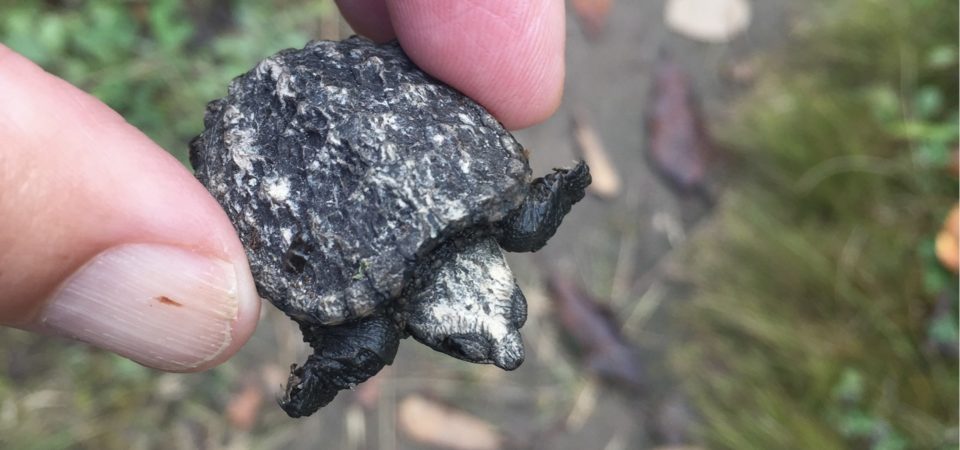Tactility is critically important in her work and to the collective she is a member of. Through handwork, she says, the hands are learning. In sewing, we grow with the piece, mending the fabric and our bodies. As artists working during the pandemic, she asks, what do we lose in the loss of embodiment? “The world needs human breath to exist but now the breath is not lingering because of the mask.” Now that she cannot set the physical table to create the conditions for group gatherings to mend tangibly, the process is embodied in virtual adaptation and translation. And she continues to walk.
Ximena Alarcón is a sound artist researcher interested in listening to in-between spaces: silences, dreams, underground public transport, and the migratory context. Her telematic performance work uses Deep Listening and relational listening as processes to investigate place and presence. Deep Listening is a lifetime process, a meditative practice that is generative in our connections to ourselves and others. As a sonic artist, she works in the realm of vibration which doesn’t stop, as vibration infuses materials and people. Her work is both somatic and telematic, and the pandemic has emphasized both the connection and dislocation that technology can produce. She has found that while she maintains the technological aspect of her work, the process of listening as a practice has intensified. The relational deep listening practice that she has been facilitating with Columbian migrant women in Europe as part of Intimal employs non-judgmental listening that avoids interpretation, a deep encounter of others, and leaves spaces for silences. In these silences we wait, listen for connection and witness healing.
While many of us remain stunned by the halt of life as we lived it, this pause has also produced a cultural shift related to the Slow Movement that advocates sustainability and biodiversity. I have returned to drawing as a process of knowing which is immediate, somatic and incremental. In the project, Time Based Tree, I do a cumulative seasonal drawing that to date has continued for a decade. Instead of projecting into the future, I have been embodying chronographic time in my process, working in small intervals of time, and living with an artwork over time. Drawing has become a process where I can witness the accrual of time at a slow pace and be mindful of my impact. While we should all advocate for the urgency manifested in the movement for racial justice and the crisis of climate change, we can also value how listening, sewing, walking, drawing, and breathing have become slow processes of importance to heal our “crumbling planet.”

